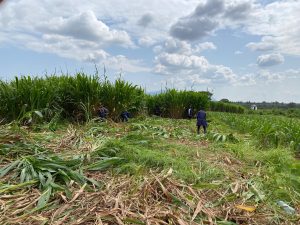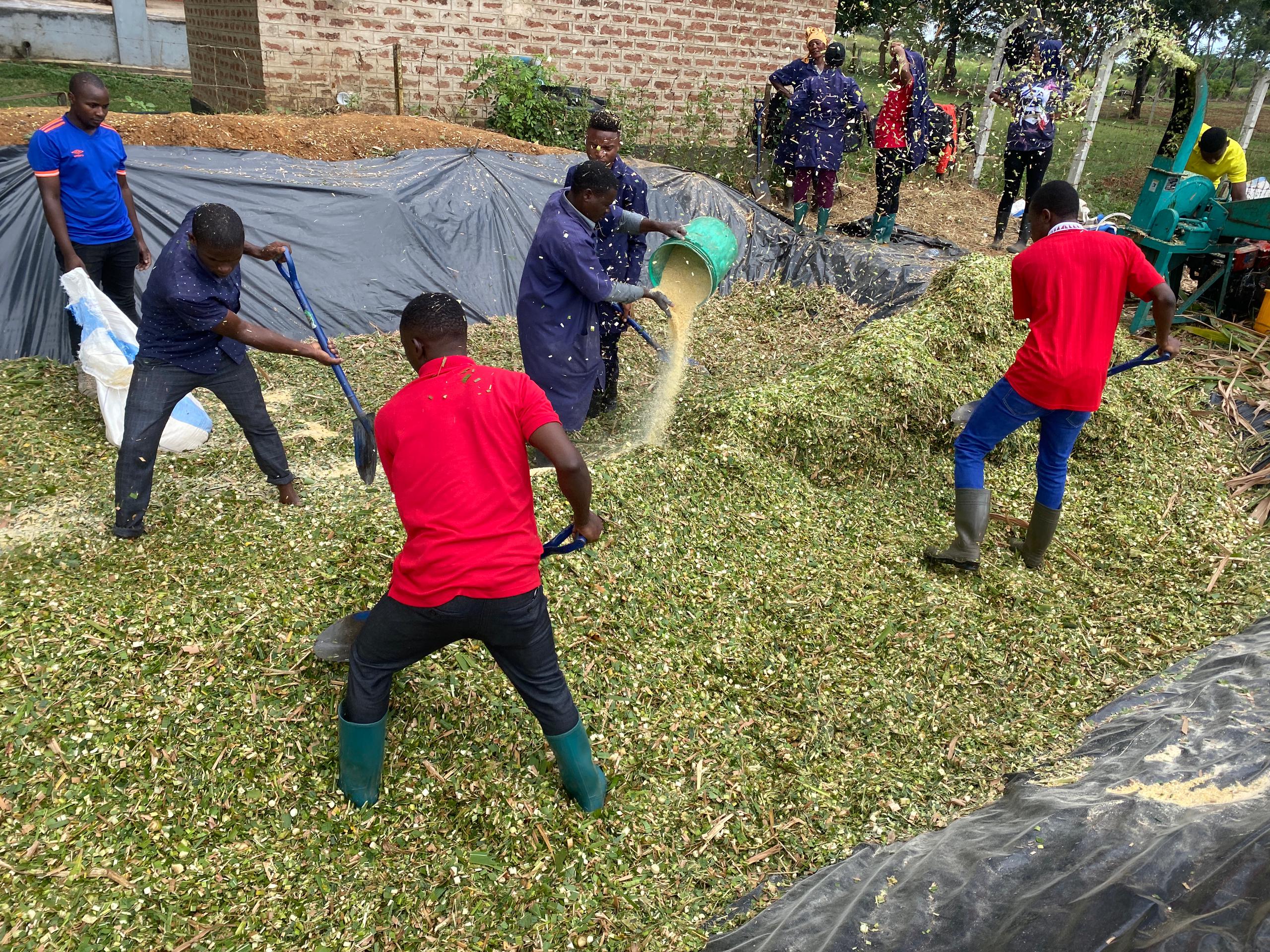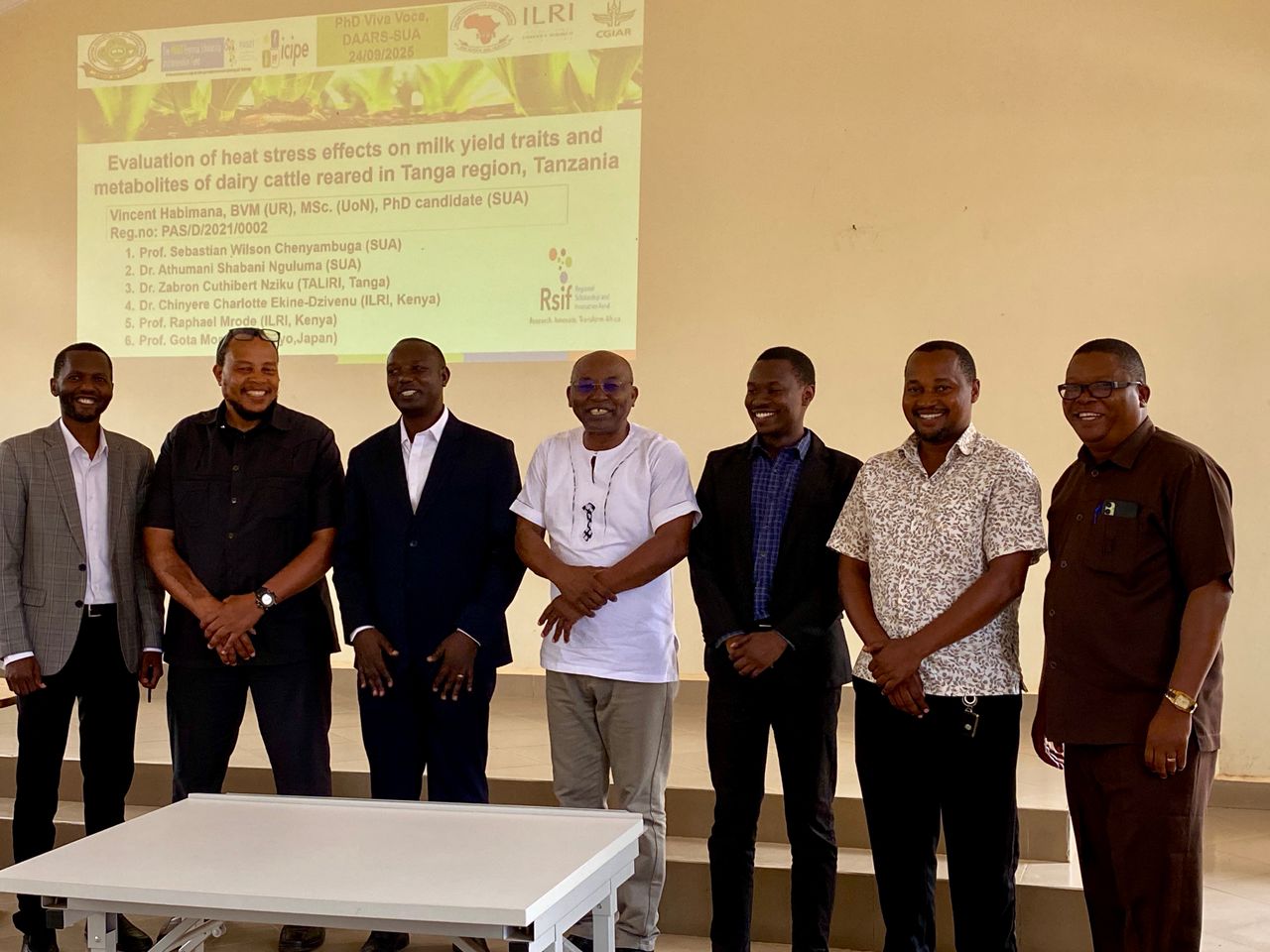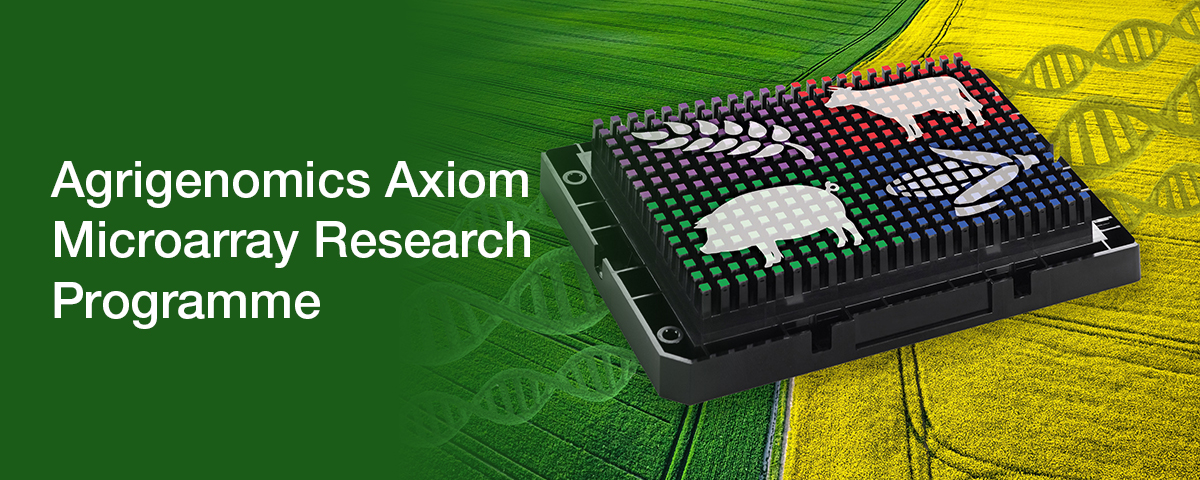BSc Range Management and Animal Science students demonstrating their competence in quality silage making
Silage is a crucial component of livestock nutrition, especially for dairy and beef cattle. It is produced by fermenting high-moisture forage crops, such as corn, grass, or legumes, in an anaerobic environment. This process preserves the feed’s nutritional value and makes it available year-round, offering numerous benefits for livestock farms. Silage can be made from a variety of forage crops, giving farmers flexibility based on their regional conditions and crop availability.
Producing silage can be more economical than purchasing commercial feeds. It allows farmers to utilize their forage crops fully and reduces dependency on external feed sources. Properly stored silage has a long shelf life and minimal wastage compared to other feed forms, such as hay, which can spoil if not stored correctly. Silage production allows for multiple forage harvests per year, maximizing the use of available land and increasing overall farm productivity. Silage-making can convert surplus forage into high-quality feed, preventing spoilage and maintaining feed quality during off-seasons.

Harvested Guatemala grass at SUA Model Training Farm
At Sokoine University of Agriculture (SUA) Model Training Farm, silage making is an integral practice aimed at enhancing livestock nutrition while also providing valuable training opportunities for university students and farmers. This practice supports sustainable livestock farming, maximizes resource use, and offers hands-on educational experiences in effective agricultural techniques.




